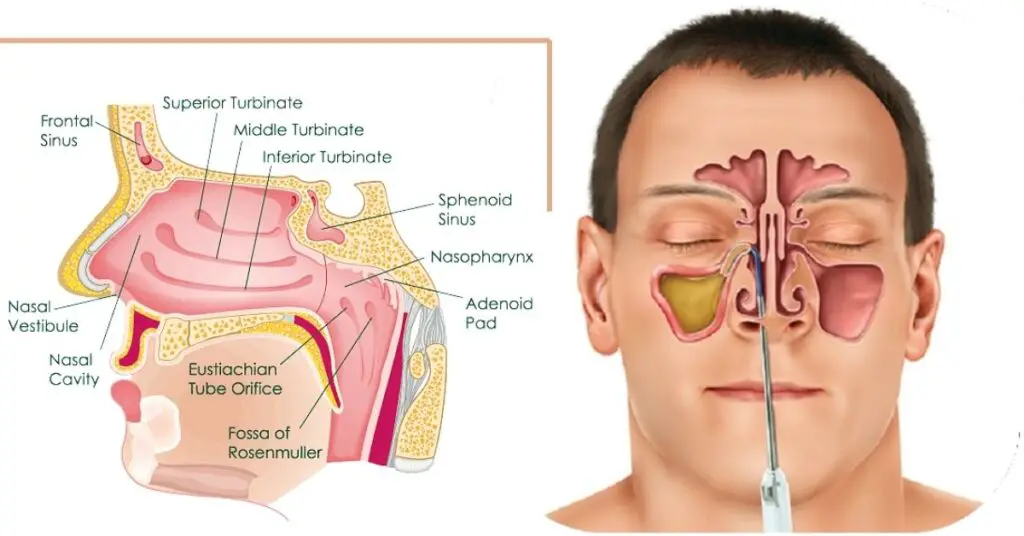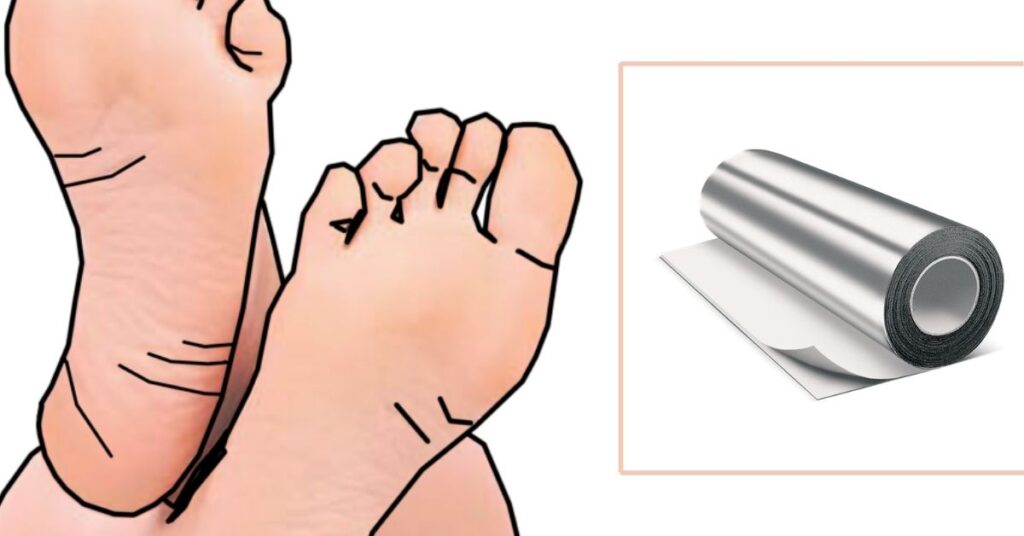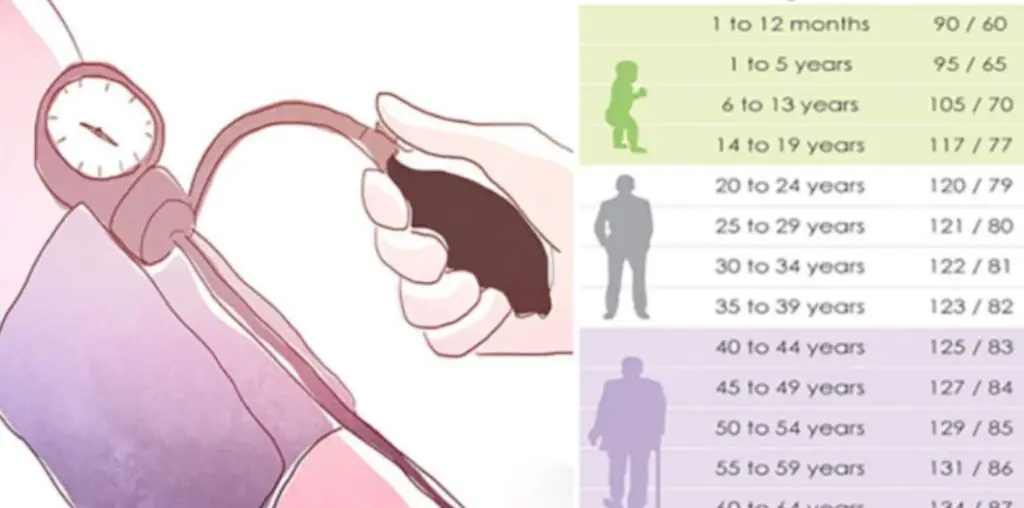What Are Uterine Fibroids?
Uterine fibroids are small non-cancerous growths of the uterus. They’re most common during childbearing years and are prevalent among women between 30 and 40. These growths are generally benign, but they can be malign in some cases.
In general, fibroids are hard to live with. They usually cause a variety of painful symptoms that can harm your quality of life.
Not all women experience symptoms, but those who do usually experience more than a few. The symptoms of uterine fibroids include:
- Heavy menstrual bleeding and prolonged menstrual cycles
- Frequent urination
- Pelvic pain and pressure
- Constipation
- Back pain
- Difficult emptying the bladder
- Weight gain
- Infertility
- Pain during sex
These is just a fraction of the many symptoms you can experience. Uterine fibroids pain ranges from mild to severe and as we mentioned, some women don’t even experience any symptoms.
Who’s at Risk of Uterine Fibroids?
There are a few factors that put women at a higher risk for getting fibroids. Here are some of them:
Age
Most women that get fibroids are between 18 and 45 years. The fibroids in African – Americans are usually found at an earlier age. After the menopause, the fibroids usually shrink.
Nulliparity
There’s a link between uterine fibroids and pregnancy. Those women that have never been pregnant or have not carried a child in the past 20 weeks are at an increased risk of fibroids.
Family History
Those women with members of the family that have had fibroids are at a higher risk of getting them. Some research shows that if your mother had fibroids, you are 3 times as likely to get them.
Ethnic Origin
The African – American women are at a higher risk to get fibroids than the women of the other ethnic groups.
Weight
Those women that are overweight are more likely to get fibroids. The very obese women have 2 to 3 times higher risk of getting fibroids.
Symptoms of Uterine Fibroids
But, just because there is a risk factor, it doesn’t have to mean that you will develop fibroids. Most of the women diagnosed with this condition don’t have a single of these 10 symptoms.
Heavy Menstrual Uterine Fibroids Bleeding
Women with fibroids might have heavy bleeding during the menstrual periods or might bleed in-between cycles. This type of bleeding can cause anemia in some women.
Infertility
Fibroids can be one of the leading reasons of infertility, because the fibroids are able to cause an obstruction in your Fallopian tubes, and the fertilized egg can’t descend into the uterus and implanting.
Recurring Miscarriages
Those fibroids that take up more space in the uterus cavity can prevent the fetus to develop properly, and that will result in loss of the pregnancy.
Mass or Swelling in the Lower Abdomen
The larger fibroids are able to grow large enough that they might be palpable from the outside of your lower abdomen.
Painful Urination
The growth of the fibroids can put pressure on your bladder, and that will cause the urination to be painful and more frequent.
Constipation
Fibroids can put a pressure on your rectum too, making it so hard for a woman to have bowel movements as the normal people.
Lower Back Pain
This is a general symptom that occurs when the fibroids press the muscles and the nerves in the back. It usually starts out like a dull aching pain that is constant, and the pain can increase together with the fibroids. This type of uterine fibroids pain doesn’t go away even after pain-relieving exercises and medications won’t help as well.
Leg Swelling
This is a rare sign, but the leg swelling can happen in fibroids when the lymphatic tissue is compressed and prevents the fluid from moving properly.
Varicose Veins
When the pelvic veins are compressed by the large fibroids, this situation can result the varicose veins to form in your legs.
Pain During Sex
The large fibroids that are positioned in the lower part of your uterus can cause the making love painful and uncomfortable.







